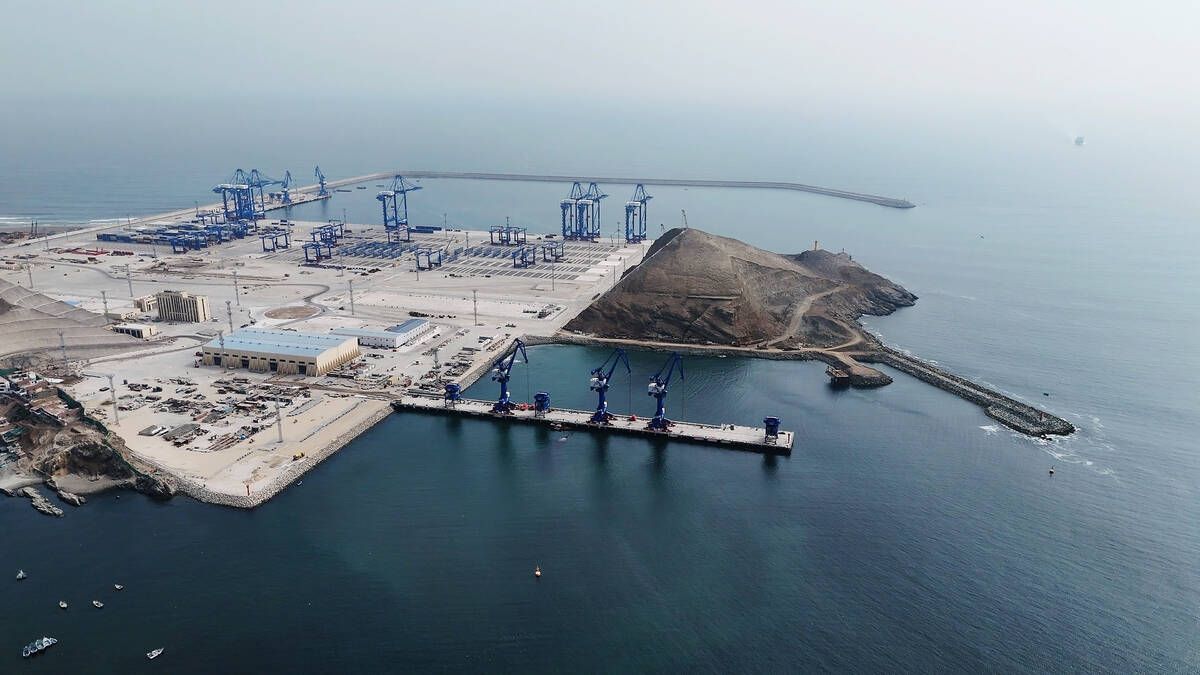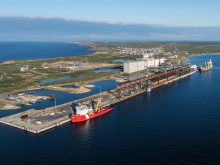The hog sector has high hopes for the Comprehensive and Progressive Agreement for Trans-Pacific Partnership
It isn’t the best of times in world pork markets, and the world hog industry is grappling with disease and troubled global economics.
But Canada’s hog industry is looking past present challenges and sees a glowing future.
“We’re a major player in the world of export,” said Canadian Pork Council chair Rick Bergmann in an address to the Manitoba Swine Seminar.
“We’re going to spend a lot of effort on acquiring some strong (trade) agreements.”
Bergmann said Canada’s pork is a premium product in the Japanese market, it’s attracting growing demand from China, it has great potential throughout southeast Asia, and is set to take advantage of the Trans Pacific Partnership.
Read Also

Geopolitics can change trade routes
WHISTLER, B.C. — Today’s geopolitical tensions could have dire long-term consequences, says the director of international policy at the University…
“The CPTPP deal, that’s a beautiful producing sow for us,” he said.
“What an opportunity for us.”
Canada’s pork industry is keen to see Canada make a deal with the Association of South East Asian Nations, where more than 600 million people live, Bergmann said.
Manitoba Pork Council general manager Andrew Dickson said farmers have begun retooling to modernize and expand production.
“We will see new barns being started,” said Dickson.
“We will see older facilities being fixed up. New layouts are being brought in. New equipment is coming in.”
Manitoba Agriculture Minister Ralph Eichler praised hog farmers for providing investment, development and hope to areas like southwestern Manitoba.
“That’s what you fellows do. You help our economy grow. You have jobs for our students, our kids,” said Eichler.
One of his favourite pieces of good rural economic news this year has been the fact that there are 41 new school students in the Killarney area following the building of a feed mill and four hog barns.
The provincial government has been vocal in its promotion of a “protein strategy” for rural development, which involves boosting the production and processing of both plant and animal sources of protein. A major pea processor has been built in Portage La Prairie, while provincial slaughter plants are finding good demand for meat.
Dickson said world market prices aren’t great today, trending beneath the five-year average, but packers are having no problem moving meat.
“We’re short of product. Our processing plants in Manitoba could do with more product,” said Dickson.
Bergmann said present uncertainty over the state of the global economy and the outbreak of African swine fever from China to Belgium doesn’t undermine his confidence in the long-term prospects of Canada’s hog and pork industries.
Not only is overseas demand for meat growing as much of Asia industrializes and urbanizes and millions of new middle-class consumers are created, but some existing protein industries have a grim future.
For example, one analysis suggests Asia may lose almost all of its commercial fishing industry by 2048. That is a primary source of protein for Japan and many parts of coastal Asia.
“That’s a signal for us that there are more good things to come (in terms of demand for pork) if we’re ready to do things right,” Bergmann said.
On a recent trip to Japan, Bergmann said he saw many signs of that growing demand for Canadian pork. Canada now has preferential access to the Japanese market due to TPP and grocers, such as the Costco stores in the Tokyo area, are happy with what they’re getting, one executive told him.
“They guy was hungry for more of what we can produce,” said Bergmann.
















